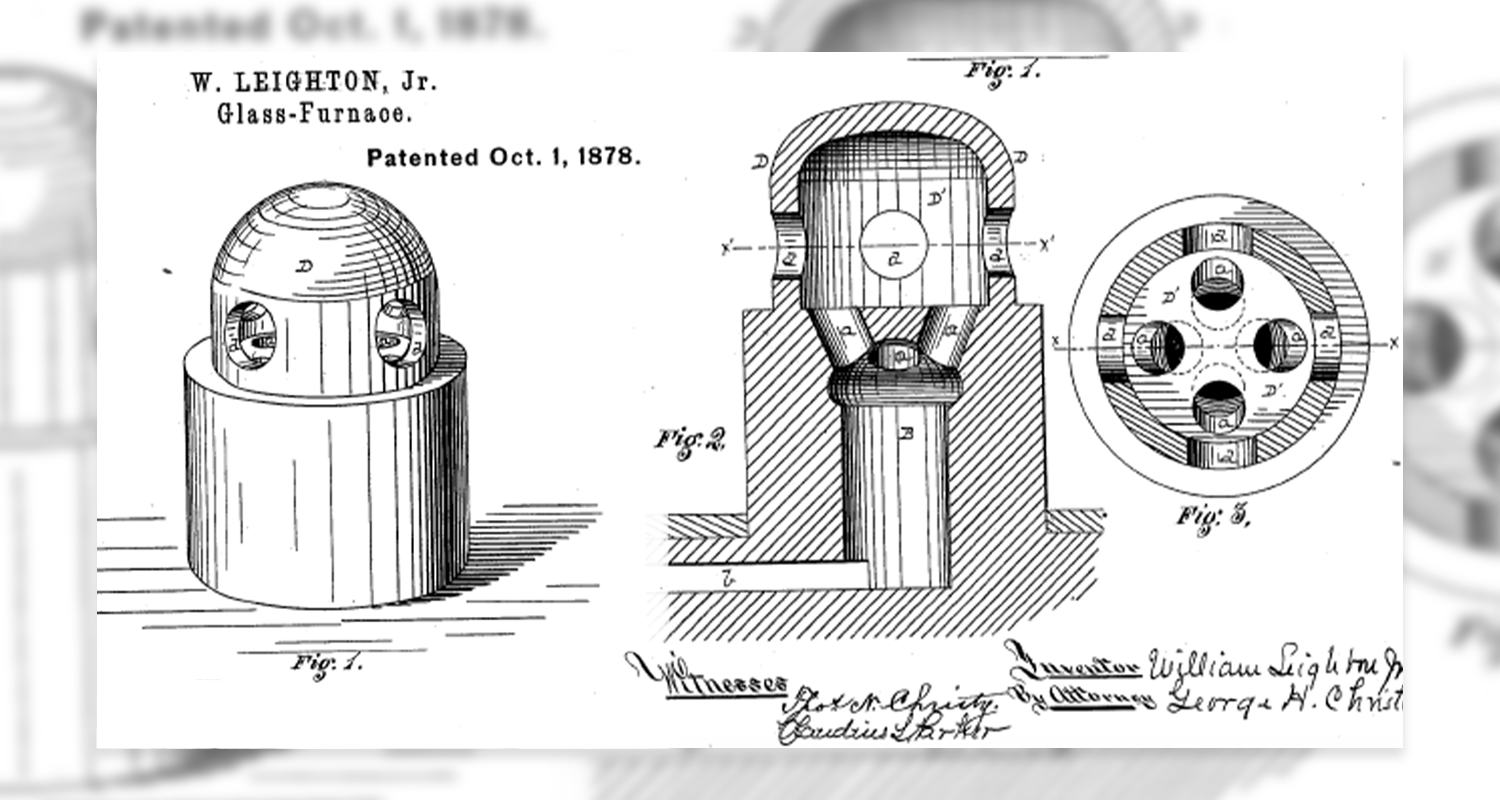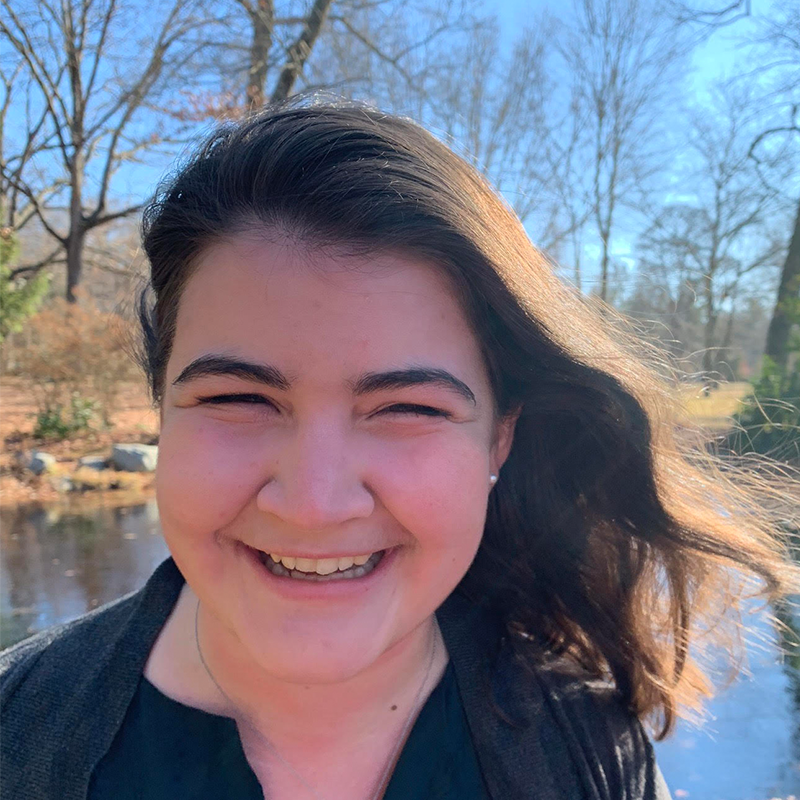Ever have an idea for an invention? The first patent law in the US was the US Patent Act in 1790, right as Wheeling was growing as a young town.1 Check out some of these random patented innovations from Wheeling and see if they spark any of your own inspiration!
Game Using Playing Cards, Grab Items, and Body Appendages
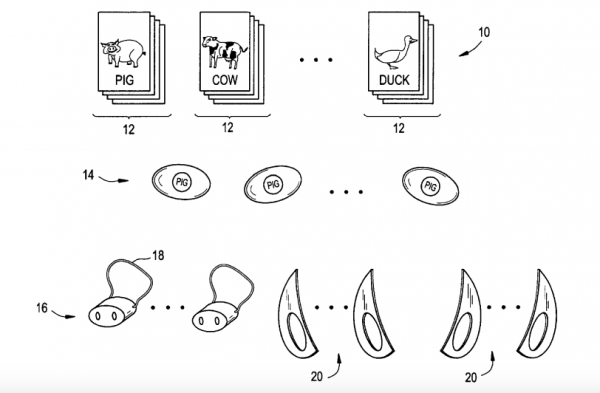
First off, there are no actual body parts as part of this patent. In the late 1990s, a Wheeling resident, Challen Waychoff, invented a game that involved cards, grab items, and fake body appendages.2 It is a variation on other games, like musical chairs or spoons.
To play, members pass around cards with the goal to secretly accumulate a complete set of like cards. When a person has a complete set, they grab one of the items in the middle, prompting others to do the same. However, there is one fewer item than people playing and the person who doesn’t end up with an item has to wear a funny fake body appendage, such as a fake pig nose or ears. Unfortunately, it doesn’t appear that Waychoff’s invention took off in the entertainment world outside of Wheeling.
Improvement in Glass-Furnaces
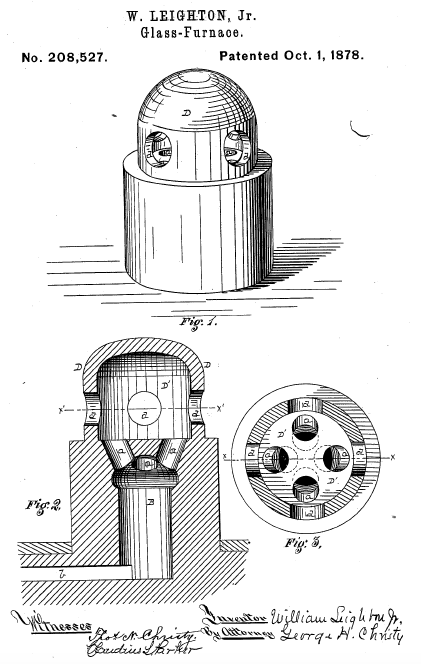
From a family of inventors, William Leighton Jr. worked for the famous Hobbs Brockunier Company, one of the largest glass companies of the 19th century. This specific patent is for an improved glass furnaces where it is “particularly designed for use as a glass-reheating furnace, in which articles of glassware are reheated in fire-polishing, or as a preparatory step to further work in finishing.” It had more openings than earlier furnaces to allow for more effective heat distribution.3
Leighton Jr.’s father, William Leighton Sr., is credited with developing a new glass formula that required soda bicarbonate rather than lead crystal. This revolutionized the glass industry because it made the glass easier and less labor intensive to shape in a mold.4 Wheeling was well-known for being an industrial center in the glass industry, so it only makes sense that it would be home to innovators and inventors.
Toenail Appliance and Method
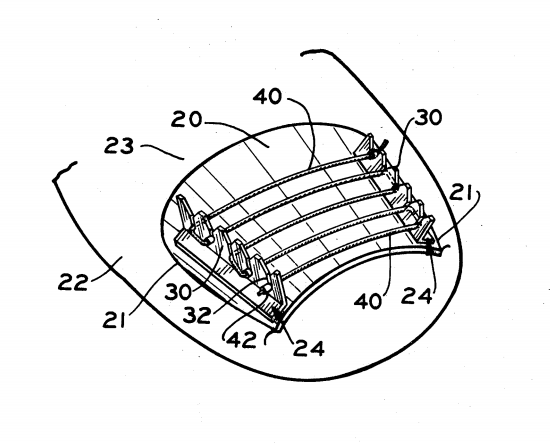
If your first thought was that this patent seems a little off-color…you would be right. This 1975 patent was for an appliance that reshaped an “incurvated or distorted toenail” to prevent the development of an ingrown toenail.5 As gross as it is to think about, I guess someone has to be the inventor of an ingrown toenail corrector, right?
Unfortunately, a fire in 1836 at the United States Patent Office in Washington, DC destroyed approximately 10,000 patent drawings and 7,000 patent models.6 Some were recovered, but many were lost forever to the flames. Who knows what other older inventions may have gotten their start in Wheeling…?
• Emma Wiley, originally from Falls Church, Virginia, was a former AmeriCorps member with Wheeling Heritage. Emma has a B.A. in history from Vassar College and is passionate about connecting communities, history, and social justice.
References
1 “History of patent law,” University of Southern California Gould School of Law, accessed June 4, 2021, https://onlinellm.usc.edu/blog/history-of-patent-law/.
2 Challen W. Waychoff, 2000, Game using playing cards, grab items, and body appendages, US Patent 6,053,498, filed November 24, 1997, and issued April 25, 2000, https://patft.uspto.gov/netacgi/nph-Parser?Sect1=PTO2&Sect2=HITOFF&p=4&u=%2Fnetahtml%2FPTO%2Fsearch-bool.html&r=172&f=G&l=50&co1=AND&d=PTXT&s1=wheeling.INCI.&s2=(%22wv%22.INST.)&OS=IC/wheeling+AND+IS/wv&RS=IC/wheeling+AND+IS/wv.
3 William Leighton, Jr., 1878, Improvement in Glass-Furnaces, US Patent 208,527, issued October 1, 1878, https://patents.google.com/patent/US208527A/en.
4 “Made In Wheeling,” Wheeling Heritage, accessed June 3, 2021, https://wheelingheritage.org/made-in-wheeling/.
5 John H. Clark, 1977, Toenail appliance and method, US Patent 4,057,055, filed August 22, 1975, and issued November 8, 1977, https://patft.uspto.gov/netacgi/nph-Parser?Sect1=PTO2&Sect2=HITOFF&p=6&u=%2Fnetahtml%2FPTO%2Fsearch-bool.html&r=258&f=G&l=50&co1=AND&d=PTXT&s1=wheeling.INCI.&s2=(%22wv%22.INST.)&OS=IC/wheeling+AND+IS/wv&RS=IC/wheeling+AND+IS/wv
6 Amy H. Edwards, “Recalling the Devastating Patent Office Fire of 1836,” The Unwritten Record, National Archives, December 13, 2018, accessed June 1, 2021, https://unwritten-record.blogs.archives.gov/2018/12/13/recalling-the-devastating-patent-office-fire-of-1836/


